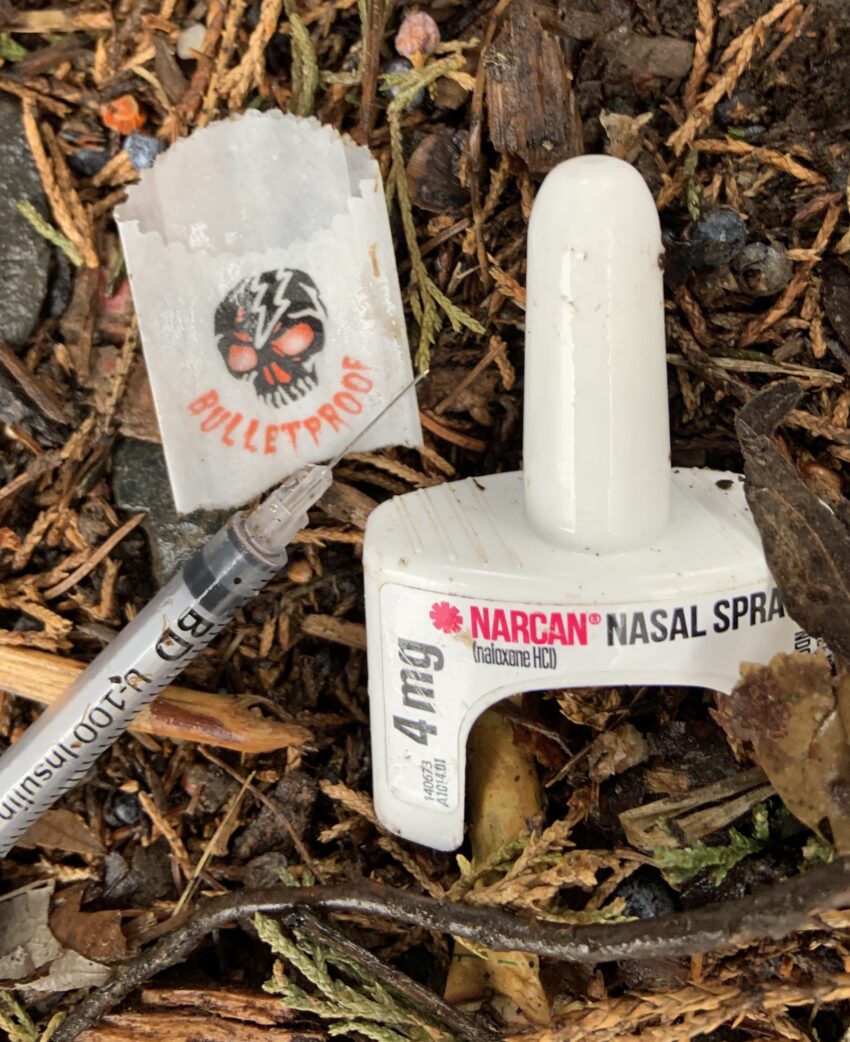A lawsuit was recently filed against a fire chief for allegedly forcibly administering naloxone to a conscious breathing person who he suspected of being high on opioids. According to the complaint:
“X placed his knee on Y’s chest, and forced the Narcan apparatus into Y’s nose, and administered Narcan to Y. Before forcibly administering the Narcan, X gratuitously slapped Y and said words to the effect “shut up you little bitch.”
Years ago, I had an instructor tell us that if he did not like a triage nurse, when he brought an unresponsive heroin user into the ED, he would enter the ED with two milligrams of naloxone inserted into the patient’s IV-lock. He would slam the naloxone into the patient, causing the patient to go into near instant precipitated withdrawal, resulting in a projectile vomit on the triage nurse. Bullseye! And nervous laughter from his impressionable students. Did he really do that? Or is he just telling us a bad joke? Using a patient as a weapon?
Most people who have worked in EMS for any serious length of time would be lying to you if they said they had not heard of a paramedic “punishing” an “addict” by pushing 2 milligrams of Naloxone rapidly through an IV line. Years ago, it was likely more tolerated than today. I know of one paramedic in our state who was rightly fired for admitting such a tactic. In an age of accountability, slamming naloxone for the purpose of punishing a patient should be considered criminal assault.
EMS protocols dictate that naloxone, the opioid antidote, should be titrated to effect. If given IV, it should be given slowly with just enough to restore breathing. Patients who are dependent on opioids can be put into precipitated withdrawal characterized by vomiting, nausea, diarrhea, trembling, and severe pain when the opioids are knocked out of their system. Under no circumstances should the 2 mg dose be given by rapid IV push. When I administer naloxone IV, I first dilute 1 milligram in 10 cc, and then administer 0.1 mg every minute until I get the desired response. Usually, the patient is breathing on their own with a dose of just 01-03. mgs with no ill effect.
Connecticut recently put into effect a new protocol (requiring sponsor hospital approval) allowing paramedics to administer buprenorphine to patients who have been administered naloxone and subsequently put into precipitated withdrawal. The buprenorphine eases the withdrawal symptoms as well as decreasing cravings. Ideally, a patient will then be maintained on buprenorphine and given therapeutic counseling to help with their substance use disorder. Buprenorphine therapy has been proven to save lives. Recently at a rollout of the new protocols when it was announced that our service would not be participating in the protocol per our sponsor hospital, a new paramedic who I did not know said “Thank God we’re not doing that!”
We in EMS still have a long way to go to meeting the challenges of the opioid death crisis.

